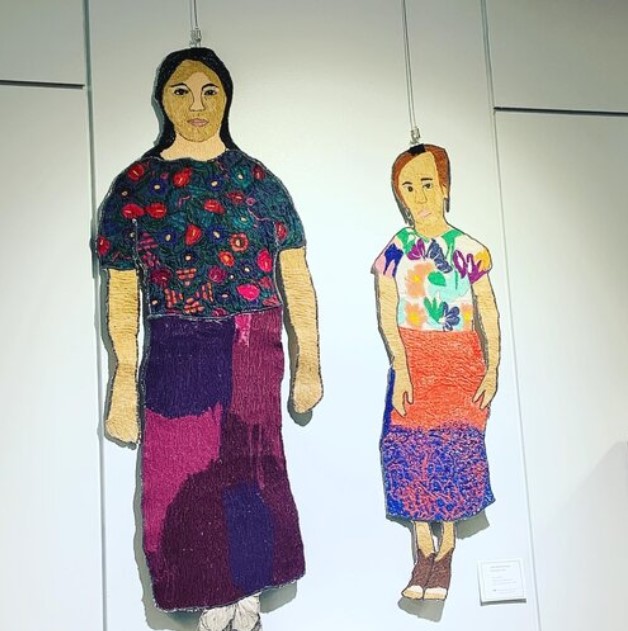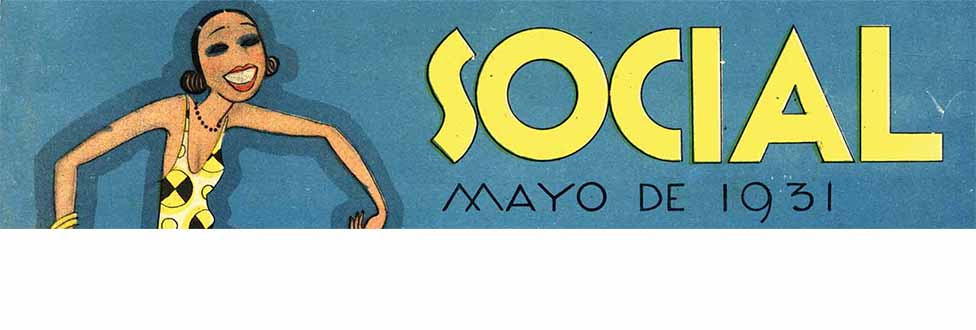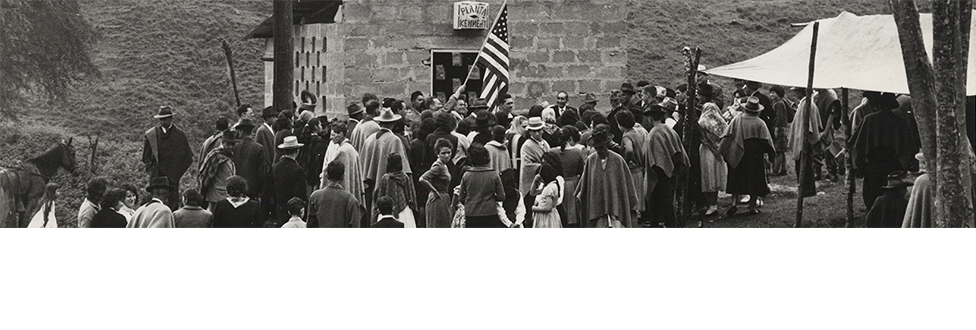
1965 All Restrictions Removed, 2020 - Diptych
5ft x 2ft; 3ft x 1.5 ft
Not For Sale
My work is concerned with the objectification of beauty and the growing anonymity of the elderly in our society. I believe a clear connection exists between the media-fueled manipulation, edification and standardization of physical beauty and the increasing denial of the actual process of physical aging. To be old today is to slowly become invisible. My work is, in many ways, a critique of this postmodern iconography as it attempts to highlight not only the natural process of aging but society’s concomitant refusal to recognize it as such. My pieces attempt to draw attention to the ways in which this self-absorption is encouraged by an unfettered individualism which unchallenged serves only to fracture family ties, friendships and the larger social consciousness, creating an awkward integration when the individual no longer conforms to the established standards. I examine this growing need to connect by focusing on individual narratives. Whereas society has slowly created “fictions” and “virtual realities” to replace the real, I instead direct the spectator’s attention to the everyday real happenings of ordinary lives.
There’s an undeniably playful aspect to all of my work. The soft sculptural creatures I make are created as if they were belligerent, ill-behaved children, demanding attention. In the most recent series, I’ve created an environment where man has become an anthropoid-like creature, animal instincts entirely driving his behavior. My use of stocking makes them appear crude, more visceral, as if the skin had been removed to reveal what’s beneath, to expose the rawness of tissue and blood. Indeed, it is the grotesque nature of these pieces that is meant to invite deeper explorations into the true nature of the character, a repulsiveness that seduces the spectator to reexamine his or her own psychological vulnerabilities.
The use of fabric and the obsessiveness of embroidery defines my work and honors that centuries-old legacy of women weavers and artisans. The embroidery machine facilitates a delicate and yet frenetic pace. Every time I sew, I connect the tension of my foot on the pedal to the movement of my hands as I guide the fabric’s surface into what I want to draw.
BIO
Aurora Molina was born in La Havana, Cuba, in 1984. She emigrated to the United States at the age of sixteen, where she opted to pursue an education in art. Molina received her Associates of Arts in Visual Arts from Miami Dade College, a Bachelors in Fine Arts specializing in Mixed Media from Florida International University and Master Degree in Contemporary Art at the Universidad Europea de Madrid completed in 2009. She currently resides in Miami, Florida, where she works as a full time artist.








